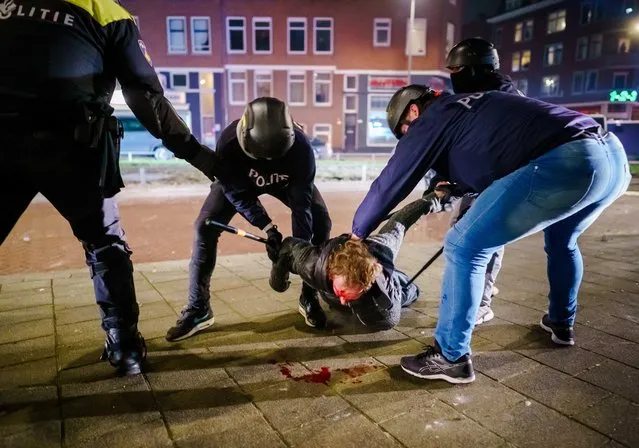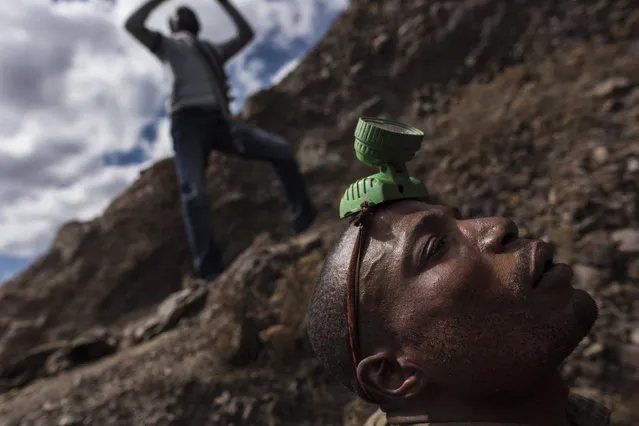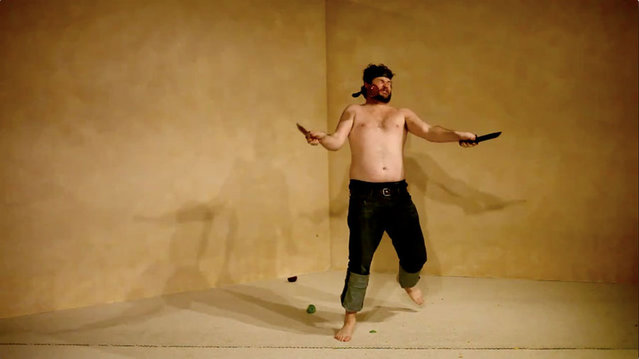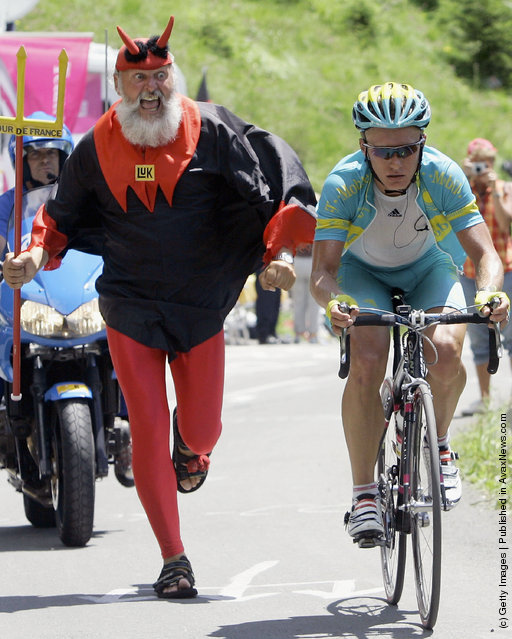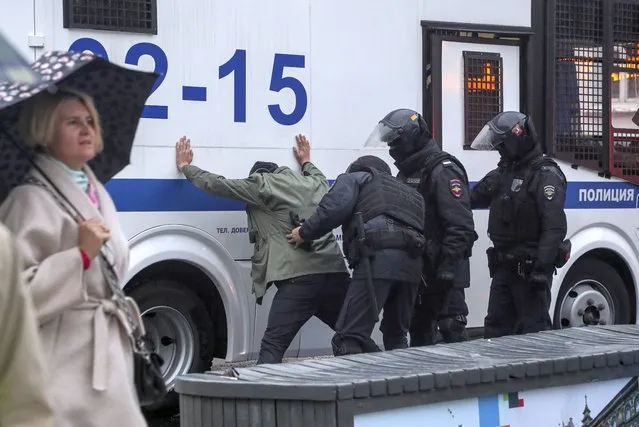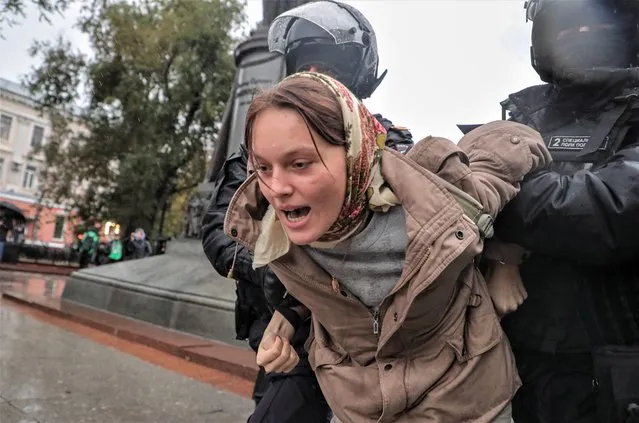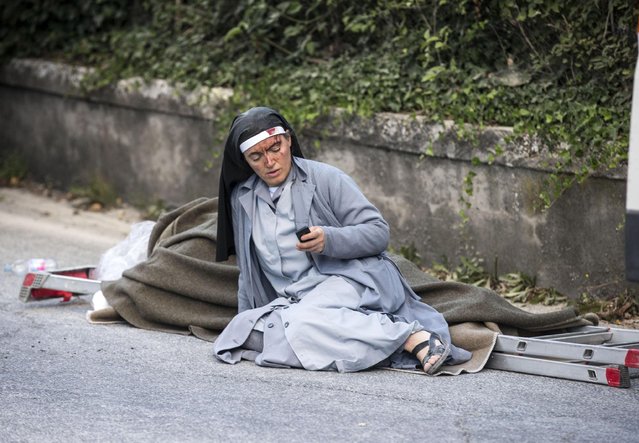
A nun checks her mobile phone as she lies near a victim laid on a ladder following an earthquake in Amatrice Italy, Wednesday, August 24, 2016. The magnitude 6 quake struck at 3:36 a.m. (01:36 GMT) and was felt across a broad swath of central Italy, including Rome where residents of the capital felt a long swaying followed by aftershocks. (Photo by Massimo Percossi/ANSA via AP Photo)
24 Aug 2016 11:43:00,post received
0 comments

